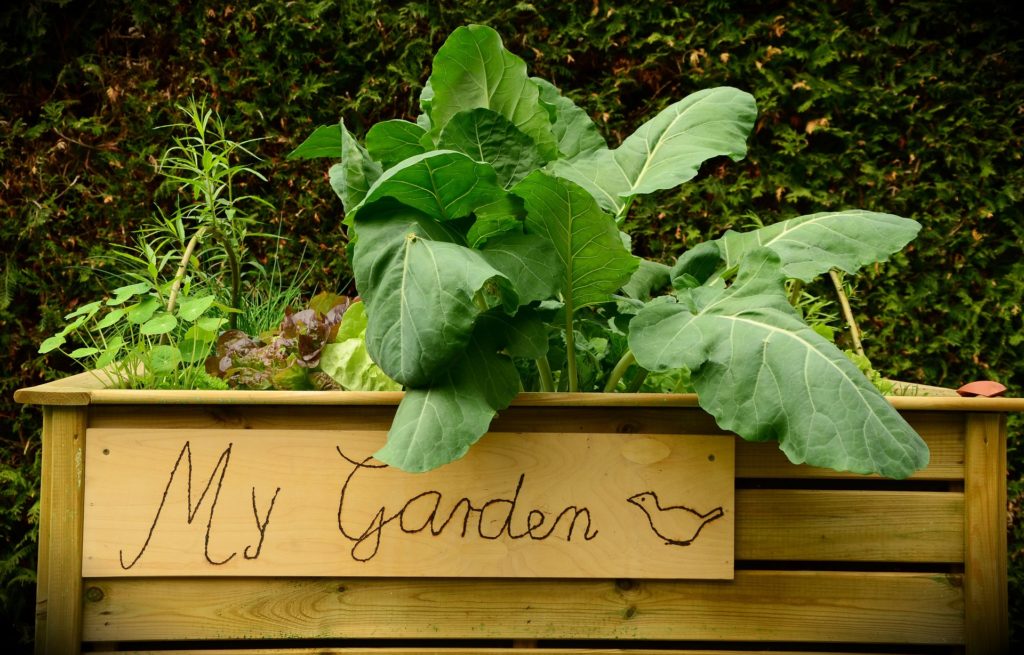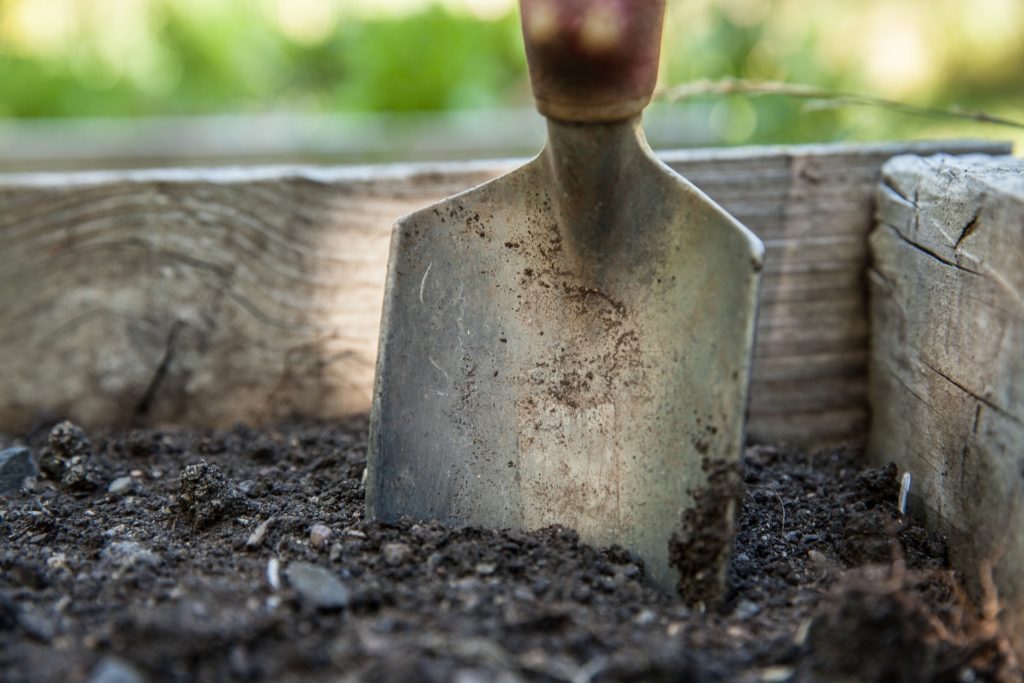How to Plant Seed Potatoes in Raised Beds
 Growing seed potatoes in raised beds prevents a lot of problems that traditional gardens seem to encounter. In addition, the raised beds will also allow the gardener to utilize “no dig” potato gardening, the easiest, most attractive method of potato cultivation for those who are looking to make gardening as easy as possible (especially on the back!). Check out these incredible advantages to raised beds before you plant your potatoes for the season!
Growing seed potatoes in raised beds prevents a lot of problems that traditional gardens seem to encounter. In addition, the raised beds will also allow the gardener to utilize “no dig” potato gardening, the easiest, most attractive method of potato cultivation for those who are looking to make gardening as easy as possible (especially on the back!). Check out these incredible advantages to raised beds before you plant your potatoes for the season!
Choosing a Raised Bed
The raised bed itself is very important. It must be strong and able to withstand the forces of Mother Nature. It should not be pressure treated wood, and it should be free of as many chemicals and pollutants as possible. Since potatoes are actually storage tubers within the root system of the potato plant (the plant feeds on these stores to produce new shoots and recover from damage), they can and will store pollutants. This could be very dangerous within the body over time, as toxins accumulate.

Wood is the most popular way to enclose a raised bed; untreated lumber is the best lumber to go with. Stones can also be used to contain a raised bed, and can withstand a lifetime of snow and rain. Other popular choices include concrete, bricks, hardware cloth, kiddie pools, and more. There are many different ways to build a raised bed! The raised beds help to prevent weeds, and make the harvest much easier as the potatoes are elevated.
Required Depth of a Potato Bed
 For potatoes, a raised bed needs to be at least 12 inches deep. Seed potatoes should be at ground level, and given 12″ of combined soil and/or mulch throughout the growing season. Therefore, the bed should be filled to the top prior to harvest. This depth keeps the potatoes underground, reducing the risk of sun exposure. If the potatoes are exposed to sunlight, they will turn a greenish hue indicating that they contain a nerve toxin called solanine. While it would take pounds of potatoes to harm an individual, a solanine packed potato is usually bitter and unappealing.
For potatoes, a raised bed needs to be at least 12 inches deep. Seed potatoes should be at ground level, and given 12″ of combined soil and/or mulch throughout the growing season. Therefore, the bed should be filled to the top prior to harvest. This depth keeps the potatoes underground, reducing the risk of sun exposure. If the potatoes are exposed to sunlight, they will turn a greenish hue indicating that they contain a nerve toxin called solanine. While it would take pounds of potatoes to harm an individual, a solanine packed potato is usually bitter and unappealing.
Planting Seed Potatoes in a Prepared Raised Bed
 Once your raised potato bed is in place and the ground worked (or layered, as per no till methods), seed potatoes should be placed on loosened soil 12″ to 18″ apart. The closer they are planted, the higher yield you will have; however, yield per plant may be reduced by 25% to 50%, depending on variety, harvest time, and how closely they are planted. The spuds should then be covered with 4″ of soil, or 2″ of soil followed by 2″ of mulch, such as straw. Planting seed potatoes in a raised bed truly makes harvesting easier, especially with the straw mulching method. The potatoes have a higher chance of escaping pesky voles, and it is easier to maintain mulch coverage over the tubers to protect them.
Once your raised potato bed is in place and the ground worked (or layered, as per no till methods), seed potatoes should be placed on loosened soil 12″ to 18″ apart. The closer they are planted, the higher yield you will have; however, yield per plant may be reduced by 25% to 50%, depending on variety, harvest time, and how closely they are planted. The spuds should then be covered with 4″ of soil, or 2″ of soil followed by 2″ of mulch, such as straw. Planting seed potatoes in a raised bed truly makes harvesting easier, especially with the straw mulching method. The potatoes have a higher chance of escaping pesky voles, and it is easier to maintain mulch coverage over the tubers to protect them.
Caring for a Raised Potato Bed
 Ensure that the young potato plants get at least an inch of water per week; watering is very important during the flowering and fruiting stage. Once the plants are 6 inches tall, cover them with 4 inches of mulch. Be sure to leave the tops exposed so that the plant continues to grow. Continue this process until the bed is filled to the top with soil or mulch. Always ensure that raised beds have adequate drainage throughout the growing season, and that they are not in a flood prone area of the yard (such as a dip in the land where runoff collects during heavy rains). This can cause a multitude of problems with the potatoes, from tuber deformities to fungal infections above and below ground.
Ensure that the young potato plants get at least an inch of water per week; watering is very important during the flowering and fruiting stage. Once the plants are 6 inches tall, cover them with 4 inches of mulch. Be sure to leave the tops exposed so that the plant continues to grow. Continue this process until the bed is filled to the top with soil or mulch. Always ensure that raised beds have adequate drainage throughout the growing season, and that they are not in a flood prone area of the yard (such as a dip in the land where runoff collects during heavy rains). This can cause a multitude of problems with the potatoes, from tuber deformities to fungal infections above and below ground.
Harvesting Raised Potato Beds
 When the time comes to harvest, allow the plants to fully die back. Stop all watering once the plants begin to die; they will not need it! Once they have died, allow 1 to 2 more weeks before digging up the tubers. This allows the potatoes to cure in the ground. The curing process allows the potatoes to form tough skin, and it prepares them to go into dormancy for the “winter”. In other words, your pantry! If you plan to store the potatoes for months, they must be well protected and free of wounds. If potatoes are wounded during harvest, allow them to cure further with lots of air flow in your home before storing.
When the time comes to harvest, allow the plants to fully die back. Stop all watering once the plants begin to die; they will not need it! Once they have died, allow 1 to 2 more weeks before digging up the tubers. This allows the potatoes to cure in the ground. The curing process allows the potatoes to form tough skin, and it prepares them to go into dormancy for the “winter”. In other words, your pantry! If you plan to store the potatoes for months, they must be well protected and free of wounds. If potatoes are wounded during harvest, allow them to cure further with lots of air flow in your home before storing.
For determinate potatoes, the tubers will form just above the seed potato that you planted. For indeterminate potatoes, tubers may form along the stem up towards ground level. Generally, you will NOT find tubers formed under the seed potato, but it is still possible. Tubers can form up to 18 inches away from the plant. With the raised bed method, tubers tend to be easier to dig up if in soil, or even easier if they were mulched. Simply pull back the dirt, and look for tubers within 12 to 18 inches of each plant. Excavate them carefully to prevent damaging them. You can rinse them gently with a garden hose to remove dirt and debris. Keep the potatoes out of the sun while they drain. Personally, I like to further cure my potatoes inside of cardboard boxes when I bring them inside after harvest.